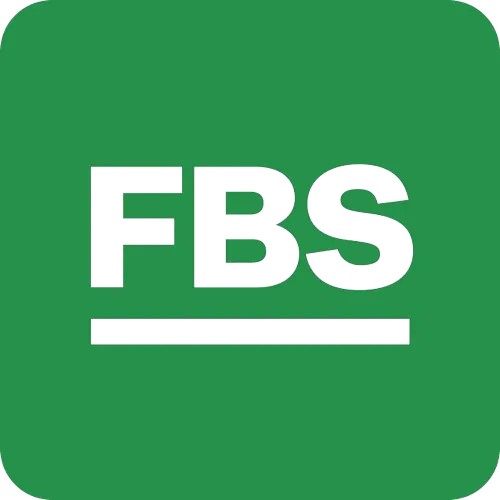Financial Technology Education
Welcome to FintecAcademy, your trusted partner on the journey towards financial empowerment and success.
Professional Mentorship
Certified Courses
Lifetime Support

Our Partner
FintecAcademy is an academic initiative of Fintec Markets Copy Trading and is partnering with world-recognized institutions, it suggests a commitment to providing high-quality education and training in the field of financial technology (fintech) and copy trading.
Partnering with reputable institutions can enhance the credibility and quality of the educational programs offered by FintecAcademy. It may also provide students with valuable opportunities for trading, networking, internships, and real-world exposure to the fintech industry.





Course Available
Fintec Academy has been a beacon of expertise, offering
unparalleled educational experiences in forex, stock,
and crypto trading.
FintecAcademy Forex Trading Course is designed to build solid foundation of world’s largest and most liquid financial market.
Learn the essential of Stock Trading with Expert-led lessons, advance insights, risk management and confident investing

Master the currency evolution from barter to Bitcoin with FintecAcademy’s Comprehensive Crypto Trading Course.

CopyTrading Masterclass is most advanced strategy tailored for traders design aspiring to build their career without risking their personal capital.








Physical and Online Classes
Whether you prefer learning in-person or from the comfort of your home, FintecAcademy offers both physical and online classes to suit your preferences

Sir Syed University of Engineering
and Technology
Karachi, Pakistan

SMCHS | Shahrah-e-Faisal
Karachi, Pakistan

Ecommunity
Quetta, Pakistan
Get Full Acess for Course
Understanding the Forex Market
Basics of Forex Trading
Understanding the role of brokerage firms
Understanding the trading platforms
Fundamental analysis in Forex
Technical analysis for Forex Trading
Copy Trading Masterclass
Developing a Forex Trading strategy
Risk management and trading psychology
Market sentiment analysis
Portfolio Diversification in Forex
Event-Driven trading strategies
Behavioral Finance in Forex
Machine Learning in Forex
Testimonials

Uzair Bin Sajid
Student, SSUET

Enrolling in FintecAcademy was a game-changer forme. The instructors are knowledgeable and supportive, and the material is comprehensive.
Highly recommend!

Ehsan Durrani
Student, SSUET

FintecAcademy exceeded my expectations! The blend of theoretical
knowledge and practical application in their courses really helped me
grasp complex concepts easily

Welcome to the world of Financial Technology Education, where expertise meets precision, and success becomes a habit. I’m Sami Khan, your dedicated guide on the journey to financial mastery in the Financial Market.
Muhammad Samiullah Khan
Master Trader at FintecMarkets
Educationist at FintecAcademy

Welcome to FintecAcademy, your trusted partner on the journey towards financial empowerment and success
Home
Course
Blog
Our Videos
Our Course
Advance Forex Trading
Course
Professional Stock Trading
Course
Crypto Trading Course
Copy Trading Masterclass
Stay Connected
Copyright © 2023. All rights reserved
back to top
